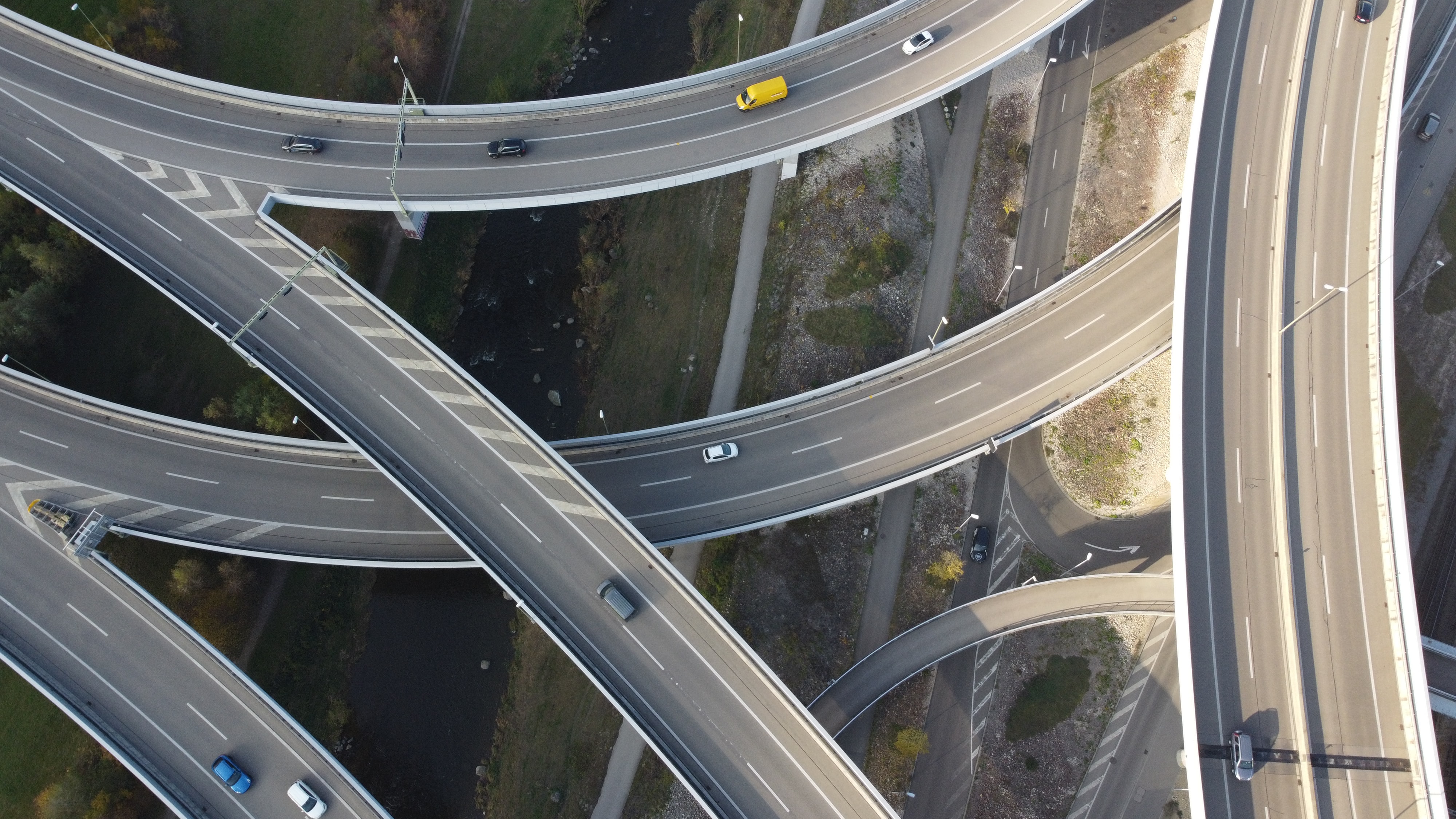39 results found
Due to rising energy prices, the Dutch Government has placed emphasis on meeting national energy performance objectives through the reduction of fossil fuel consumption. The Dutch Government is seeking innovative solutions to deliver more energy and cost-efficient buildings, as well as achieving Net Zero Energy buildings by 2020. The retrofits include installation of rooftop solar panels and other insulation technologies.
In the Netherlands, the regulatory requirement is that the surface layer of asphalt roads have a whole-of-life span of six years. Currently, 60% of rubble from broke-up old roads can be reused in the construction of new roads, however increasing that percentage of reuse is mostly improbable due to stability and safety concerns. Dura Vermeer, a Dutch construction, infrastructure, and engineering business, has developed the technology to create top layer asphalt which can last up to 15 years (twice as long as current asphalt roads), but costs 10% more than regular asphalt roads.
Converting old unused mineshafts and canals into 'geothermal boilers' to produce electricity that can be transported to homes or public spaces.
Combination of sensors and AI to increase sewer capacity and reduce the frequency and magnitude of sewer overflows, especially during high rainfall events.
Building Information Modelling (BIM) and pre-fabrication technology being used in conjunction to enable the project to be built virtually before construction, reducing issues or inefficiencies that can arise during the construction stage.
The development of credit ratings for loans in emerging countries is critical for accessing capital markets
The African Development Bank (AfDB) is mandated to drive social and economic development in Africa through multiple project types including infrastructure
V2V technologies are Cooperative Intelligent Transport Systems (C-ITS) that enable communication between vehicles to avoid accidents and and enable the optimisation of traffic flow.
A dynamic tolling algorithm recalibrates toll rates based on traffic congestion and local conditions every few minutes and is a tool to manage traffic demand through pricing.
Decentralised microgrids enable 'prosumers' to trade their surplus energy, resulting in reduced cost, increased use of renewables, and reduced demand on the energy grid.
Digital technology integrated into smart containers enable accurate near real-time monitoring and control of the condition, location and the environment of shipping containers.
Mobility as a Service (MaaS) uses a digital platform to integrates end-to-end trip planning, booking, ticketing, and payment across all modes of transportation.
Digital technology to enable regulators to measure water abstracted and use data for compliance and enforcement purposes.
Pedestrian and weather sensors installed at road intersections to adapt traffic light operation to match real time demand and safety requirements.
Advanced traffic management systems improve the performance of road services through the use of sensors, GPS, smart cameras, and weather information systems.
Remote sensors, UAVs and satellite technologies to monitor water bodies for algal blooms and provide early warnings of potential health risks to the general public.
Smart meters collect and transmit real time water usage data from users, which can be used for billing, improve water efficiency and enhance customer experience.
Unmanned Aerial Vehicles (UAV) are drone-like aircrafts without an onboard pilot which can provide last mile transport similar to car-based ride hailing services.
Hyperloop is a form of high-speed transport using passenger 'pods' in low-pressure or vacuum tubes.
Drone technologies can enable remote inspection of infrastructure, thereby improving safety by eliminating hazardous tasks previously done by humans.
Smart street lighting adapts to traffic and light conditions. It can use sensors to detect cars/cyclists/pedestrians and automatically adjust lighting levels along their trip.






















